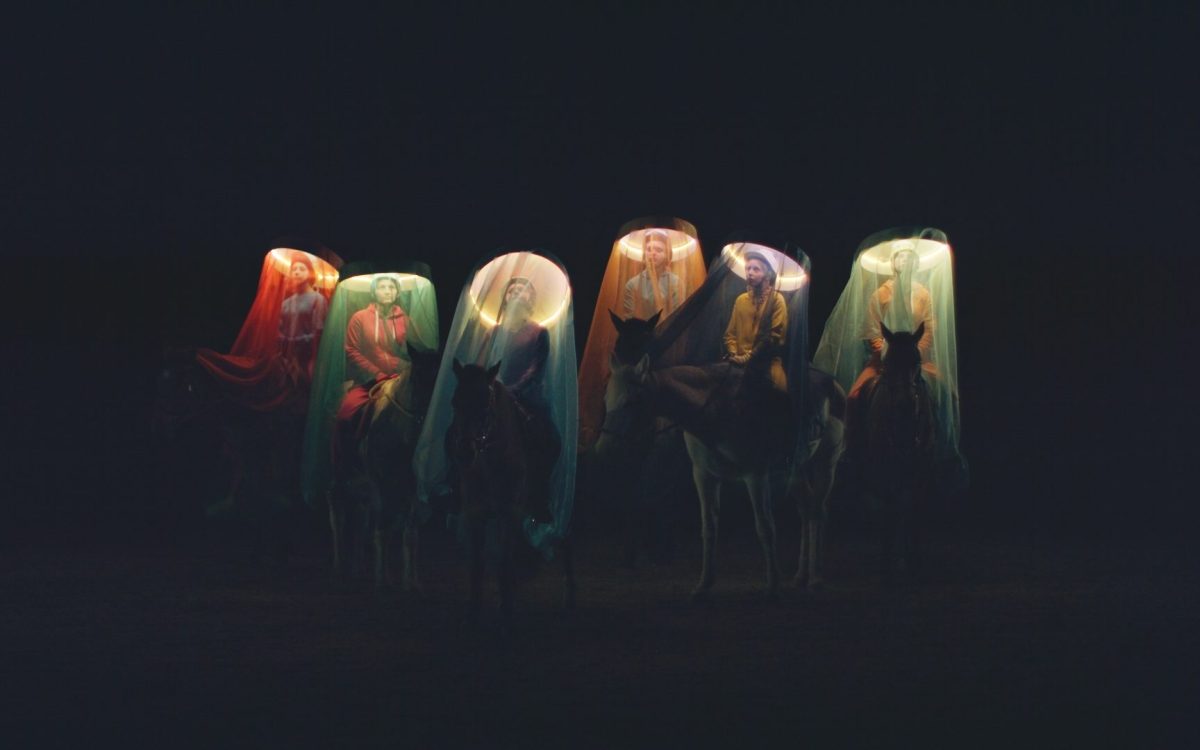‘The idea of neurodivergence is recognising there are distinct experiences that do not need to assimilate into neurotypical culture, and that we have our own ways of being and have always been a part of various pioneering forms of creative arts,’ says Patrick Gunasekera, a queercrip, Sinhala artist, whose practice spans the disciplines of writing, visual arts and theatre.
His deeply collaborative practice centres on creating safe spaces of empathy where ‘working together with other neurodivergent artists, we create culture in a self-determined way’. Gunasekera is currently developing a play about the history of neurodivergent Western classical music composers, as well as an autobiographical component about his own music school traumas and the internalised ableism experienced. For this work, he is working with a team of neurodivergent artists.




